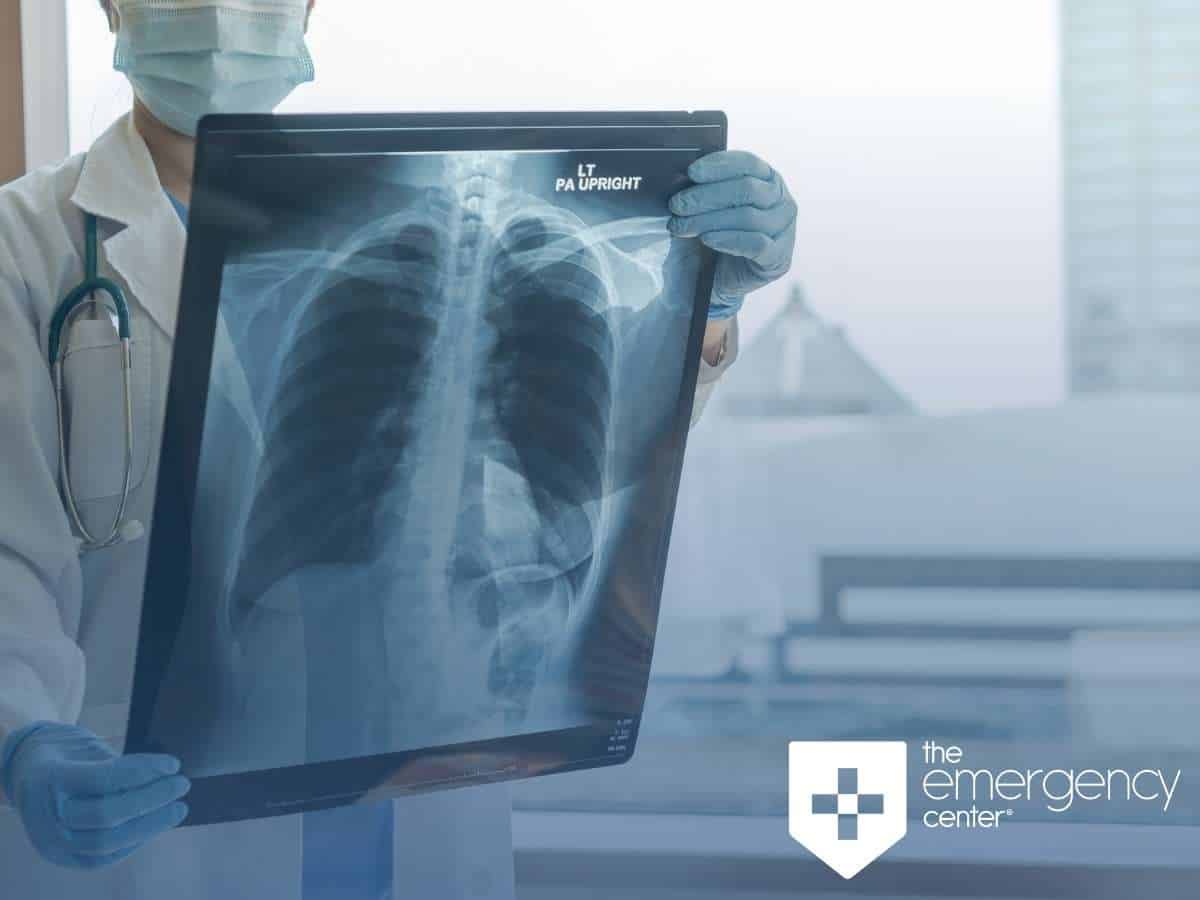What Is COPD?
Chronic Obstructive Pulmonary Disease: Signs, Causes & Symptoms
Chronic Obstructive Pulmonary Disease, also known as COPD, is essentially a term involving two particular lung diseases that often occur together. The disorders are bronchitis and emphysema. These chronic diseases make it difficult for a person infected to walk or even breathe due to an obstruction of airflow into the lungs. This article addresses the diseases associated with COPD, what causes these diseases, and the long term effect that they can have on people.

What Are The Early Warning Signs Of COPD?
COPD is a medical condition that has very recognizable symptoms. They are chronic and can increase in severity. COPD can trigger regular flare-ups or episodes, and doctors can usually provide a precise diagnosis. These warning signs include shortness of breath, unusual coughing fits, bouts of anxiety, and symptoms that resemble a cold. Symptoms of COPD result in a lack of sleep and color changes in the sputum that someone coughs up when they have COPD. Sputum is a saliva/mucus combination that is coughed up through the respiratory tract during infection, when sputum becomes yellow and notably discolored in cases of COPD.
Bronchitis
One of the two most common forms of COPD, called bronchitis, is an inflammation located within the bronchial tubes. The bronchial tubes are passageways, which send air into the lungs. When the bronchial tube becomes inflamed, the resulting swelling makes it difficult to breathe. Bronchitis also causes a tightening of the chest, wheezing, coughing, mucus buildup, and fever. Bronchitis spreads quickly and is more common during the colder times of the year. There are two types of bronchitis: acute and chronic.
The Difference Between Acute & Chronic Bronchitis
- Acute Bronchitis. A chest cold lasting for weeks at a time is known as acute bronchitis. It is an inflammation in the bronchial tubes that occurs in patients who do not have a chronic lung disease. Acute bronchitis usually develops from a cold or other minor pulmonary infection. It is a contagious disease that causes a buildup of mucus within the airways of the lung, causing breathing difficulties. Symptoms usually subside within two weeks for most patients. The symptoms typically go away by themselves, but antibiotics can sometimes help with the infection. It is essential to stay hydrated while suffering from acute bronchitis.
- Chronic Bronchitis. Chronic bronchitis is a long-term condition that is mostly caused by smoking or prolonged exposure to elements such as smog or pollution. Inhaling these toxins over long periods causes inflammation in the bronchial tubes. The infection causes serious breathing difficulties. Chronic bronchitis also creates a buildup of mucus in the lungs, which further contributes to breathing difficulties and heavy coughing. There is no cure for chronic bronchitis, and treatment focuses on minimizing the severity of the symptoms. It is a more severe form of chronic obstructive pulmonary disease (COPD). While symptoms may get better or worse over time, the condition is not reversible.
Emphysema
The other most common form of chronic is called emphysema. Just as it is with bronchitis, emphysema causes breathing difficulties. The difference is that bronchitis inflames the bronchial tubes, while emphysema damages the air sacs-called alveoli-of the lungs. Smoking is also the leading cause of emphysema. Doctors categorize emphysema into four stages. They start by testing forced expiratory volume, also known as FEV1. It is a test that measures how much air a person can forcibly exhale in one second. The higher the percentile, the lower the stage.
The 4 Stages Of Emphysema
- Stage 1 Emphysema. Emphysema is classified as stage 1 when a person’s FEV1 is at a level of 80% or higher. It is the lowest and earliest stage and also classifies as mild emphysema.
- Stage 2 Emphysema. When someone’s FEV1 level fall within the 50% to 80% range, doctors call this stage 2 emphysema. It is also known as moderate emphysema, and the symptoms become more severe.
- Stage 3 Emphysema. Severe emphysema occurs when a person’s FEV1 level falls between 30% to 50%. Stage 3 emphysema also results in notably low blood levels.
- Stage 4 Emphysema. When FEV1 levels are falling any lower than 30%, it indicates the disease has reached stage 4. It is also considered to be very severe.
How To Prevent COPD
COPD can affect a person’s everyday life. Chronic lung diseases make everything harder not just breathing. The most effective way to prevent COPD is by not smoking. Also, stay warm during the colder months, and keep away from those who have contagious forms of COPD.
In Case Of COPD Or Breathing Difficulties, Visit a 24/7 Freestanding Emergency Room
While available treatment options have progressed significantly over the years, COPD can often be a severe condition which may require emergency attention. Visit The Emergency Center if you have COPD and are having difficulty breathing.
The Emergency Center is here for you if you get sick this fall and winter! The Emergency Center provides up to 23 hours of Observation and offers 24/7 care with NO WAITING. Visit The Emergency Center’s convenient 24-hour location.
The Emergency Center
San Antonio
11320 Alamo Ranch Pkwy
San Antonio, TX 78253
Phone: 210-485-3644



